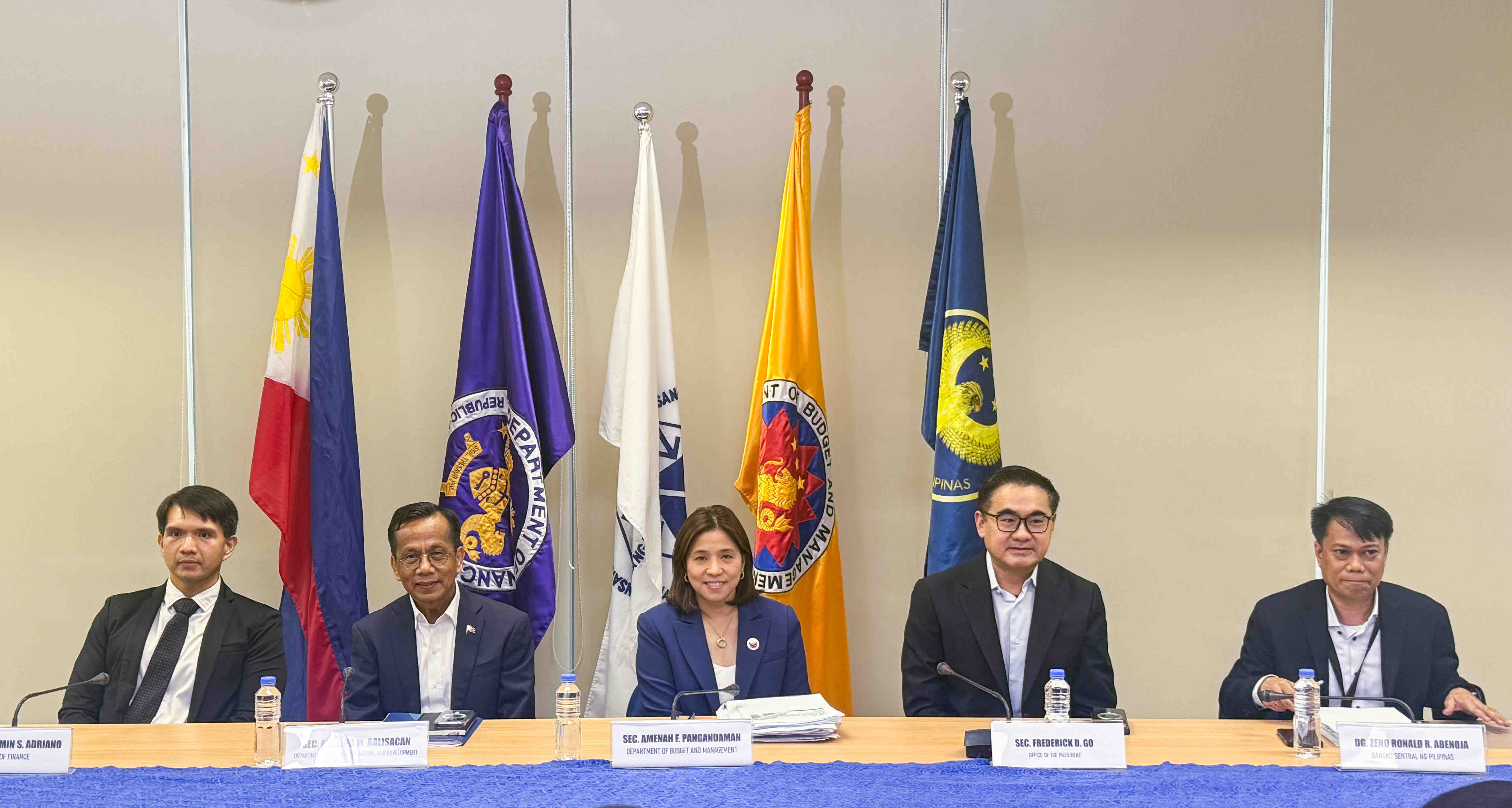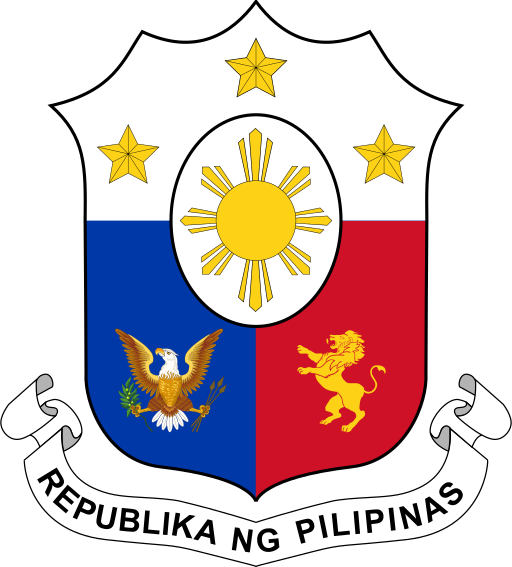
Review of the Medium-Term Macroeconomic Assumptions
and Fiscal Program for Fiscal Years (FY) 2025 to 2028
June 26, 2025

The Development Budget Coordination Committee (DBCC) reviewed and updated the government’s medium-term macroeconomic assumptions, growth targets, and fiscal program for FYs 2025 to 2028, in light of evolving global developments, among others.
The revisions take into account heightened global uncertainties, such as the unforeseen escalation of tensions in the Middle East and the imposition of U.S. tariffs. Despite these headwinds, the DBCC remains vigilant and ready to deploy timely and targeted measures to mitigate their potential impact on the Philippine economy. Moreover, international reserves remain ample providing adequate buffer to help absorb these external shocks.
The Philippines remains one of the fastest-growing economies in ASEAN, with robust domestic demand as its main driver. Thus, we are firmly focused on strengthening the domestic economy and seizing opportunities amid an evolving global landscape by building on recent structural reforms—such as the CREATE MORE Act and the PPP Code—that position the country as a competitive hub for trade and investment. We will also pursue the approval and implementation of other game-changing reforms recently ratified by our Congress, such as the Liberalizing the Lease of Private Lands by Foreign Investors Act, Enhanced Fiscal Regime for Large-Scale Metallic Mining Act, Accelerated and Reformed Right-of-Way (ARROW) Act, and Konektadong Pinoy Act.
At the same time, the favorable inflation outlook has allowed the Bangko Sentral ng Pilipinas (BSP) room to continue easing its monetary policy. This is expected to improve credit conditions and support sustained consumption and domestic activity.
Anchored on a proactive and calibrated fiscal consolidation strategy, the DBCC’s updated projections reaffirm the government’s firm commitment to sustaining economic growth while ensuring long-term fiscal sustainability, as this will lay the foundation for the updating of the Medium-Term Fiscal Framework.
Real Growth Projections
In the first quarter of 2025, the Philippine economy grew by 5.4 percent, driven by accelerated government spending and faster growth in household spending. For the full year, growth is projected at 5.5 to 6.5 percent, in line with the forecasts of private sector analysts and international financial institutions.
From 2026 to 2028, the Philippine economy is projected to expand by 6.0 to 7.0 percent, reflecting a more measured and resilient outlook amid global headwinds.
|
Year |
GDP Growth Targets (in percentage) |
|
2025 |
5.5 - 6.5 |
|
2026-2028 |
6.0 - 7.0 |
To sustain this economic momentum, the government is focused on maintaining price stability while expanding trade partnerships and enhancing the productivity of domestic industries. Accelerated implementation of government programs and projects also remains a key priority, alongside seizing growth opportunities in the services sector.
Macroeconomic Assumptions
|
Indicator |
2025 |
2026-2028 |
|
Inflation (%) |
2.0 - 3.0 |
2.0 - 4.0 |
|
Dubai Crude Oil (USD/bbl) |
60 - 70 |
60 - 70 |
|
Foreign Exchange Rate (Php/USD) |
56 - 58 |
56 - 58 |
|
Goods Exports growth, BPM6 (% |
(2.0) |
2.0 |
|
Goods Imports growth, BPM6 (%) |
3.5 |
4.0 |
Notes: bbl = barrel, BPM6 = Balance of Payments 6th edition, Php= Philippine peso, USD = US dollar
Inflation is narrowed down to 2.0 to 3.0 percent in 2025 as our whole-of-government approach continues to support a low inflation environment in 2025 and is expected to stabilize at 2.0 to 4.0 percent from 2026 to 2028, consistent with the latest outlook that inflation will remain within the target range over the policy horizon.
Tempered by easing global demand and expected increases in global oil inventories, Dubai crude oil prices are expected to average between USD 60 to 70 per barrel from 2025 to 2028 despite escalating geopolitical tensions.
The foreign exchange rate is assumed to remain stable, averaging Php 56 to Php 58 per US dollar from 2025 through 2028. This is supported by lower domestic inflation and will continue to be shaped by global financial conditions and external trade performance.
Trade assumptions are refined to align with global market developments. Goods exports are projected to contract by 2.0 percent in 2025, largely due to slower global demand and heightened trade policy uncertainties, before recovering to a modest growth of 2.0 percent from 2026 to 2028.
Meanwhile, goods imports are expected to rise by 3.5 percent in 2025 due to resilient domestic economic activity and further increase to 4.0 percent in the succeeding years, supported by stable domestic consumption and sustained infrastructure spending.
Medium-Term Fiscal Program
Fiscal consolidation remains a cornerstone of the government’s medium-term strategy. The national government is committed to reducing the fiscal deficit from 5.5 percent of GDP in 2025 to 4.3 percent by 2028—while simultaneously ramping up investments in infrastructure, human capital, and social services. This well-calibrated approach reflects our strong resolve to uphold fiscal discipline without compromising our goals of inclusive and sustainable development, even amid a more challenging global landscape.
(in billion pesos)
|
PARTICULARS |
2025 |
2026 |
2027 |
2028 |
|
Projections |
Projections |
Projections |
Projections |
|
|
Revenues |
4,520.4 |
4,983.4 |
5,366.4 |
5,914.8 |
|
% of GDP |
15.9% |
16.2% |
16.0% |
16.3% |
|
Disbursements |
6,082.1 |
6,630.0 |
6,970.2 |
7,466.4 |
|
% of GDP |
21.4% |
21.5% |
20.8% |
20.6% |
|
Deficit |
(1,561.7) |
(1,646.6) |
(1,603.7) |
(1,551.6) |
|
% of GDP |
-5.5% |
-5.3% |
-4.8% |
-4.3% |
Revenue collections are expected to increase steadily throughout the period, reaching 16.3 percent of GDP by 2028. Key drivers include the implementation of recently enacted revenue reforms, such as the VAT on well as sustained improvements in tax administration, compliance enforcement, and digitalization initiatives.
National Government disbursements will remain a major growth driver over the medium term, averaging 21.1 percent of GDP annually. Infrastructure spending will be sustained at 5.0 to 6.0 percent of GDP each year, ensuring continued improvements in physical connectivity. Public investments will also focus on education, healthcare, agriculture, digital transformation, and social protection, as reflected in the priorities under the Philippine Development Plan (PDP) 2023–2028.
FY 2026 Proposed National Budget
The proposed FY 2026 National Budget is set at Php 6.793 trillion, equivalent to 22.0 percent of gross domestic product (GDP). This represents a 7.4 percent increase from the FY 2025 budget of Php 6.326 trillion, reflecting the government’s commitment to supporting inclusive economic growth while upholding fiscal sustainability.
Anchored on the theme “Nurturing a Future-Ready Generation to Achieve the Full Potential of the Nation”, the FY 2026 National Budget prioritizes human capital development by prioritizing investments in quality education, healthcare, and workforce upskilling. Complementing these are continued investments in infrastructure and digital transformation, still aligned with the Philippine Development Plan 2023–2028. By building a strong, capable, and future-ready workforce, the budget aims to unlock the country’s full potential and achieve the vision of a thriving Bagong Pilipinas.
This will be complemented by key reforms that enhance transparency and improve bureaucratic efficiency, such as the New Government Procurement Act and the recently ratified Government Optimization Act, which aims to minimize redundancies, reduce unnecessary delays, and simplify government processes.
Closing
The DBCC remains resolute in advancing a growth-enhancing fiscal consolidation agenda that promotes a resilient, inclusive, and sustainable economy. By nurturing future-ready generations through coordinated policy implementation and strategic investments, the government is committed to reducing poverty to single-digit levels, creating quality jobs, safeguarding macroeconomic stability, and ultimately achieving our Agenda for Prosperity in the Bagong Pilipinas—even amidst global uncertainties.

